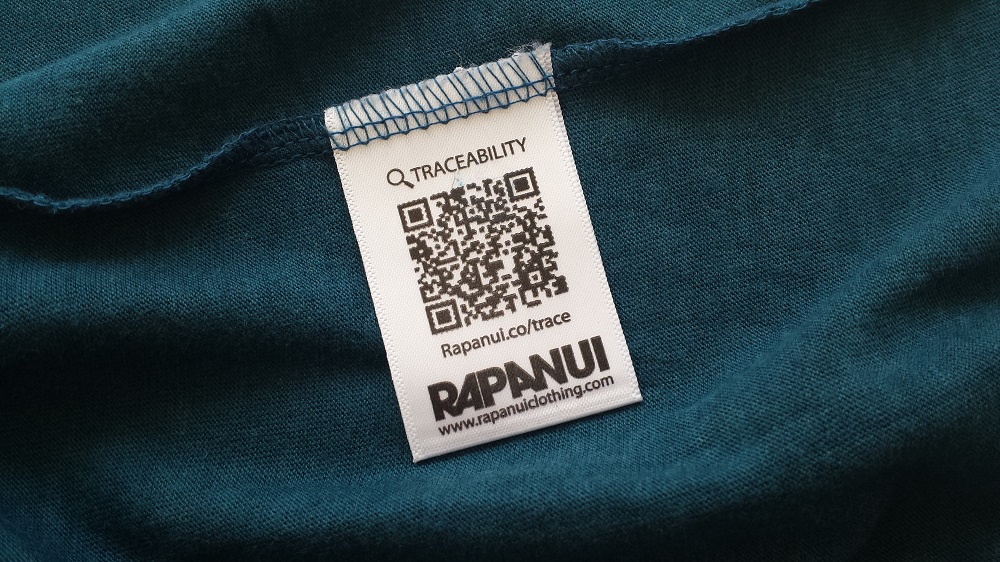Good branding is both an art and a science; you may be surprised at how much work goes into it. Protecting, nurturing and developing your brand are crucial for your organisation’s survival. So, below are my three golden rules for building and maintaining a strong, coherent brand, with examples of how, when you get it right, branding can be a valuable asset to your company, social enterprise or charity.
Caveat: By “branding”, I don’t just mean a logo. A brand is experienced through every customer touchpoint – whether that’s a business card, a Facebook page, how an employee answers the phone, a uniform, how quickly an item is delivered… All these details, large and small, are important and accumulate to build a picture of your company. How you treat your brand determines whether that’s good, bad or unnoticed.
1. Be authentic
Branding is a promise to your audience. How your organisation is presented gives customers an indication of how you operate, how expensive you are, and how you compare to competitors. So, be honest and true to your values at every turn.
Who does it well?
 I’ve just discovered Rapanui, an ethical clothing label set up by two young men on the Isle of Wight. Their logo is befitting of a cool surf brand, their tone of voice is young and informal, their imagery oozes an aspirational outdoors lifestyle, and their sustainability credentials are showcased at every touchpoint. Through all their branding, Rapanui promises on-trend products, clothing with a conscience, and friendly, efficient service. This is exactly what I got when I bought one of their t-shirts – and I really appreciated the little details of a personalised handwritten ‘thank you for ordering’ note and recycled packaging. It shows Rapanui lives, breathes and abides by its values. That makes me, the customer, trust it and even advocate it on my blog.
I’ve just discovered Rapanui, an ethical clothing label set up by two young men on the Isle of Wight. Their logo is befitting of a cool surf brand, their tone of voice is young and informal, their imagery oozes an aspirational outdoors lifestyle, and their sustainability credentials are showcased at every touchpoint. Through all their branding, Rapanui promises on-trend products, clothing with a conscience, and friendly, efficient service. This is exactly what I got when I bought one of their t-shirts – and I really appreciated the little details of a personalised handwritten ‘thank you for ordering’ note and recycled packaging. It shows Rapanui lives, breathes and abides by its values. That makes me, the customer, trust it and even advocate it on my blog.
2. Be consistent
In my experience, this is the golden rule which is most often broken. It earns people like me the vilified title of ‘Brand Police’, yet the importance of consistency cannot be emphasised enough. Ignore it at your peril.
If you have been through the intricate, thoughtful process of creating a logo and brand ‘look and feel’, you should have been presented with official brand guidelines. These guidelines are there to protect your brand, and help you create beautiful marketing materials that communicate your authentic (see above) values, build recognition, establish trust, and show that you operate a professional organisation inside and out.
Do not squish your lovely logo, adjust colours, ignore fonts (Comic Sans is never ok), use random imagery, go off-message…and for the love of the Marketing Gods, step away from the ClipArt!
Your goal for brand consistency is for your audience to know an advert / leaflet / event stand is yours without even seeing the logo.
Who does it well?
All the heavyweight brands have built mass recognition by adopting consistent styles, tones and messages, and it hasn’t limited their creativity a jot. Think any Nike, Cadbury, Honda, Cancer Research or John Lewis campaign. I bet you can name the brand before the end logo shot. What is it about their ads – is it the location, the filming angle, the emotions they conjure, the colours that dominate, the soundtrack, the voiceover – or perhaps a unique mixture of many consistent elements that they build into their campaigns over time?
3. Be relevant
For a brand to succeed, it must be relevant. Relevant to Society at that point in time, relevant to customers’ needs, and relevant to the brand’s values. Any one of these things can change, so you should always research and review your brand’s relevance in whichever climate it finds itself in. This doesn’t mean changing your brand with every new trend (remember golden rule #2), but it does mean adapting to new challenges and moving with the times.
Who does it well?
 Great examples of adhering to the relevance rule include Lucozade’s evolution from 1920s medicine to contemporary sports-performance energy drink; and ‘boom box’-inventing Philips’ reaction to Apple and Samsung’s domination of the leisure electronics market by becoming a healthcare technology expert.
Great examples of adhering to the relevance rule include Lucozade’s evolution from 1920s medicine to contemporary sports-performance energy drink; and ‘boom box’-inventing Philips’ reaction to Apple and Samsung’s domination of the leisure electronics market by becoming a healthcare technology expert.
However, my favourite recent(ish) example of a brand adapting to maintain its relevance is Lurpak. Twenty years ago, Lurpak positioned itself as the middle-class housewife’s trusty sidekick for hosting sophisticated dinner parties, with its whimsical, trombone-playing mascot, Douglas. However, the last decade has seen the UK swept by a culinary tidal wave of Instagram / Bake Off / recipe book addicts (e.g. me) who love to cook-in as much as eat-out. And Lurpack has creamed off huge profits by creating epic, cinematic campaigns that tap into the foodie’s psyche and celebrate their passion for cooking.

Recent Comments